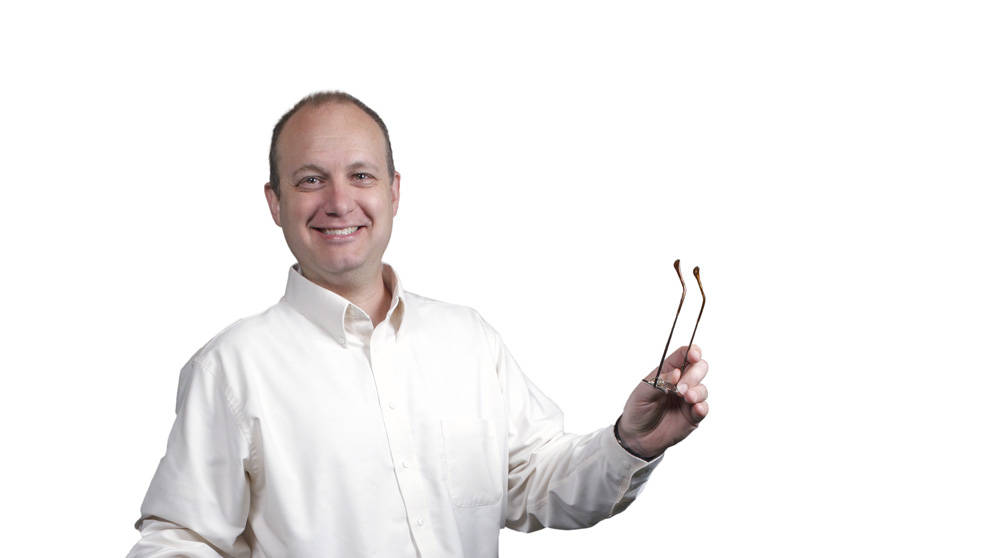
Q: Did you always have an interest in science?
A: Not directly. I grew up on a dairy farm in northeast Ohio, and figured I'd end up there. I got my bachelor's degree from The Ohio State University in dairy science, but all along I expected I'd go back to the farm and milk cows for a living.
Q: What changed your outlook?
A: I took graduate-level courses in reproductive biology as an undergraduate at OSU, and I found them very interesting. Still, I went back and farmed for a year after I graduated but developed repetitive motion injuries in my arms and hands. I figured 21 was too young to be having these problems on the farm.
Q: So you went back to school?
A: Well, I can't remember life without liquid nitrogen tanks—reproductive technologies were already a part of farming. I went on to get a master's at OSU and my Ph.D. in reproductive biology at West Virginia University, still working with cattle. WVU was a great program, a real team environment where you had to pool resources and work together. It shaped how I wanted to work in my professional life.
Q: From cattle to mice is a pretty big jump. Why did you change?
A: I became very interested in research into egg development, which led me to the Laboratory to work with John Eppig for my postdoc. I went on from there to manage the reproductive sciences group. I enjoy integrating basic science with practical applications, and to scale those applications so they benefit the global research community.
Q: That sounds like a big job. What do you like to do when you're not at work?
A: Home improvement. I enjoy building things and have been gradually converting an unfinished log cabin to a finished log cabin. I like making visible progress—that's very gratifying—and my wife's very patient!